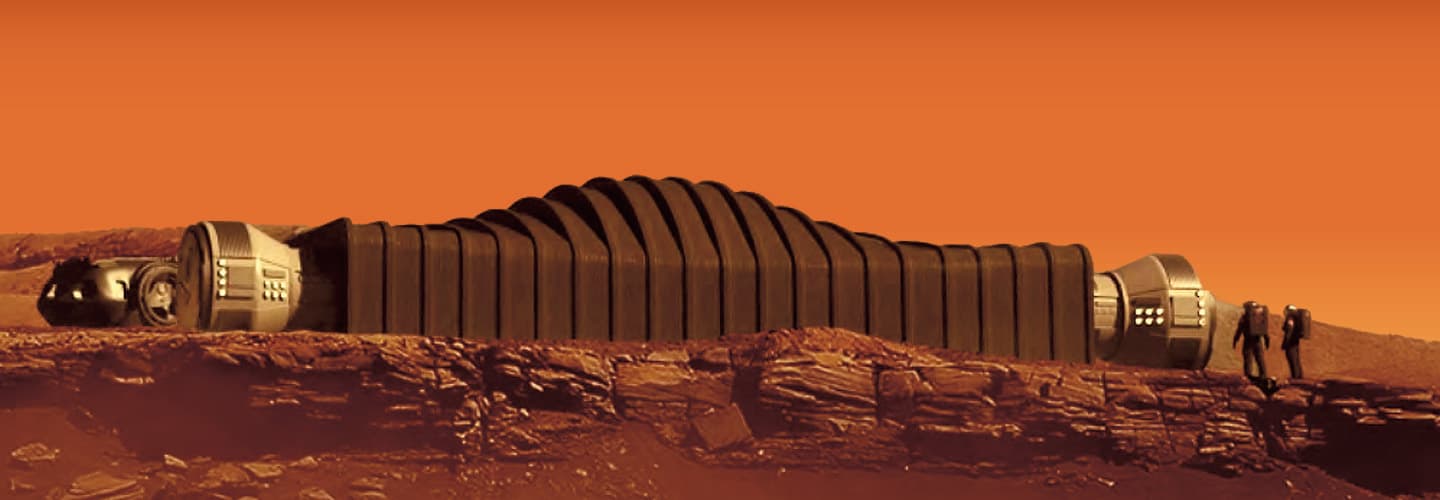Last summer, Nathan Jones packed his bags for a year-long mission on Mars. Well, not exactly. He didn’t actually leave Earth. Jones is one of four volunteers who are living in a specially built base at the Johnson Space Center in Houston, Texas.
The goal of the mission, known as CHAPEA, is to simulate what a long stay on Mars would be like. The team is helping NASA, the U.S. space agency, prepare to land the first astronauts on the Red Planet in the 2030s.
“It makes me really proud to think that I am helping humans get to the real Mars,” Jones says.
Nathan Jones packed his bags last summer. He was leaving for a year-long mission on Mars. Well, not exactly. He didn’t actually leave Earth. Jones is part of a team of four volunteers. They are living in a specially built base at the Johnson Space Center. That’s in Houston, Texas.
The mission is known as CHAPEA. Its goal is to simulate what a long stay on Mars would be like. The team is helping NASA, the U.S. space agency, prepare to land the first astronauts on the Red Planet in the 2030s.
“It makes me really proud to think that I am helping humans get to the real Mars,” Jones says.

